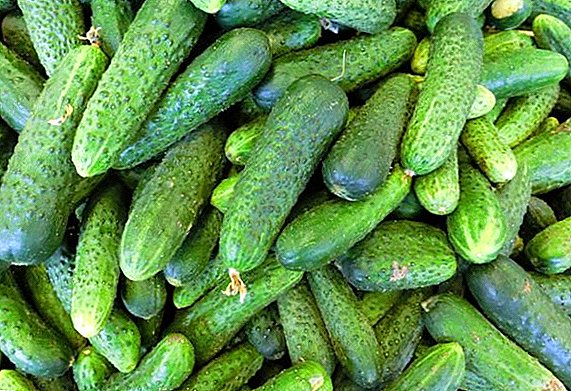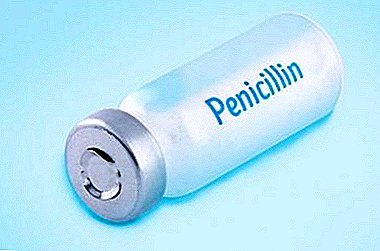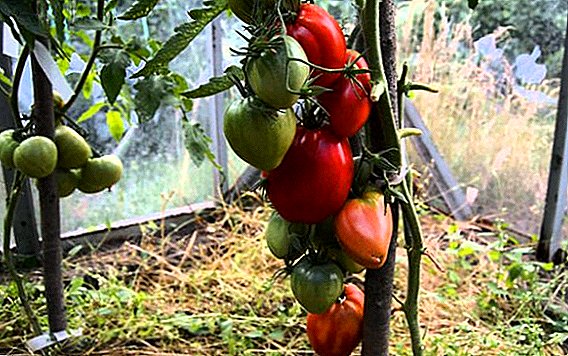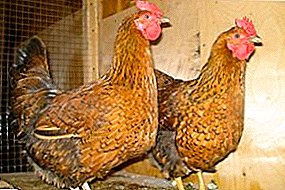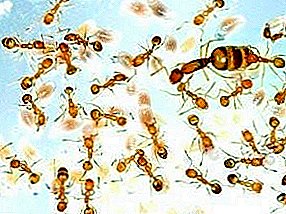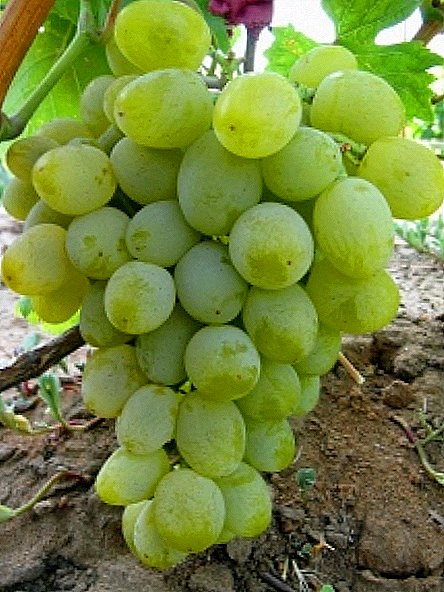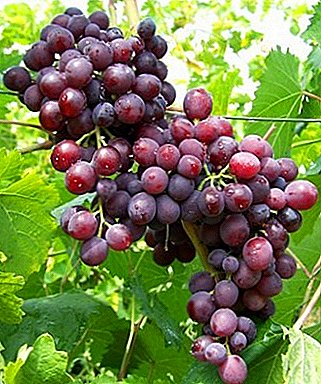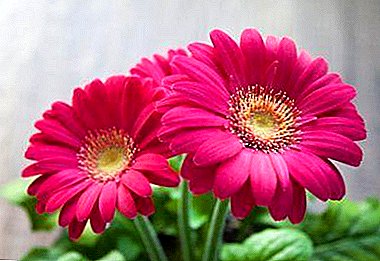
Gerberas managed to win the love of flower growers. This is a herbaceous perennial plant, also called Transvaal chamomile. Bright flowers that really look like big daisies are becoming more and more popular, including for self-cultivation at home. In many homes, these amazing flowers delight the eye with its beauty and diversity.
Today we will talk about how to breed this beautiful flower in the home and care for it. You can also watch a useful video on this topic.
How to multiply?
The main methods of breeding gerbera:
- Cuttings. Quite a popular way. Varietal traits are well inherited. You can get several seedlings of the same level of development. The easiest way to reproduce in this way is plants up to 3 years old.
- Sowing seeds. This method is suitable when you need a lot of seedlings. However, the results may be uneven. In addition, when germinating seeds, the varietal characteristics of the plant may not be preserved and deviations may occur.
- Leaf reproduction. This method may not save varietal characteristics of the plant, but it takes a little planting material and time.
- Dividing bush. A good way to rejuvenate an adult plant or breed a certain variety. Varietal characteristics are fully preserved. Best suited for plants from 4 years with a well-developed root system.
The result will depend directly on the chosen method, so you need to take into account all the pros and cons of each.
Important: When propagating gerbera vegetatively, a healthy shrub with no signs of disease should be chosen as the mother plant.
How to propagate and grow an orange gerbera, we told in our material.
Step-by-step instruction
Any of the listed methods of gerbera breeding is available at home. Gerbera does not like a strong penetration into the soil..
With any method of propagation, seedlings should be planted so that the rosette of leaves is slightly higher than the soil.
Cuttings
You can cut gerbera bush from May to July. How to propagate gerbera by cuttings:
 Use a sharp knife to cut off a small part of the rhizome with 2-3 leaves from the mother bush.
Use a sharp knife to cut off a small part of the rhizome with 2-3 leaves from the mother bush.- Shorten the leaves by a third length.
- Plant prepared cuttings in flower containers, without digging them into the soil. The soil should be moist and warm.
- Create a greenhouse. To do this, containers with cuttings can be covered with plastic wrap or plastic cups. Covering material should not touch the plant. Also it can be a needle to make small holes for ventilation. This will avoid stagnant moisture.
This method can be called the easiest and most effective.
Seeds
Street gerbera seed multiply only in spring. Sow seedlings can be in March. Indoor gerberas can be propagated in this way at any time of the year.
Step-by-step instructions for growing gerbera from seeds:
- Choose seeds of age not older than 6-8 months. After reaching this age, the seeds have a very low germination rate.
- Prepare a container, pour earth into it and slightly moisten it with an atomizer.
- Spread the seeds over the surface of the substrate. Sprinkle them on top of a thin layer of earth and once again moisten it a little.
- Cover the boxes with seedlings with glass or film so that you get a mini-greenhouse.
- Periodically briefly air the seed container and moisten the substrate by spraying it. After 8-10 days, shoots should appear.
- Dive the seedlings into separate flower containers when 3-4 leaflets appear on the seedlings.
The optimum temperature for seedlings - 18-20 0C. Gerbera seeds love good light, but direct sunlight cannot be allowed.
We recommend to watch a video about growing gerbera from seeds:
Leaf
Also for gerbera leaf reproduction is possible.. For this you need:
- Select the part of the stem with leaf and node. A node is a small seal from which new roots should appear later. Cut the stalk you need under it.
- Cut the selected part with a sharp sterile knife.
- Drop cut material into warm nutrient soil.
- Cover with foil or plastic cup to create a greenhouse. In the greenhouse, be sure to create a small hole for ventilation.
- During the week, the leaf should take root, after which it can be divided and transplanted in floral containers.
Dividing bush
 Shrub dividing is the most popular way of gerbera breeding and at home it gives better results. It is best to perform the procedure in early March.
Shrub dividing is the most popular way of gerbera breeding and at home it gives better results. It is best to perform the procedure in early March.
To reproduce a gerbera by dividing a bush you need:
- Remove the flower from the ground along with its roots.
- Cut the soil segments into several parts with a sharp sterile knife. On each part must be at least 2 points of growth and part of the root system.
- Treat the sections with crushed coal and land in separate pots. The root collar when planting should be 1-2 cm higher than the ground level (how to plant a gerbera and how to care for the plant, read here).
- Put the pot with seedlings for a week in a shaded cool place.
- After 3-4 weeks each part of the bush will give new roots.
Board: After planting, neither the mother plant nor the separated sapling need to be watered for 2 days. After that, watering can be carried out only at the edges of the pot to avoid water ingress on the rhizome.
Possible problems
The most common problem in the reproduction and care of the gerbera is the occurrence of fungal diseases. (how to recognize and treat room gerbera diseases, read here). Gerbera does not like stagnant water, and young seedlings of this plant often die with excessive watering. Why the gerbera leaves turn yellow and how to cure it can be found here.
Poor ventilation and excessive moisture can lead to the following diseases:
- Phytophthora.
- Gray rot.
- Mealy dew.
- Fusarium
- Rhizoctonia.
Also, problems can arise when the nitrogen content in the soil is too high. Gerbera does not like nitrogen fertilizers.. It is also better to refuse fertilizing with organic fertilizers.
Aftercare
If the gerbera is planned to be grown in the open ground, then it can be planted in the soil only after the time of night frosts passes (how to plant a garden gerbera and what the subsequent care for it can be found here). In the pot on the windowsill, seedlings can be planted as soon as they get stronger (you can learn about how to properly care for gerberas in pots here).
The main conditions necessary for the content of the gerbera:
- Temperature. For the flowering period, the temperature should be between 16-24 0C, at rest about 12-14 0C (on why indoor gerberas do not bloom and rules of care, you can find here).
- Lighting bright but diffused. And seedlings, and adult plants better pritenyat from the bright midday sun.
- Air humidity. Gerbera loves high humidity. Be sure to spray the plant with fine water dust or wipe the leaves with a damp sponge.
- Watering moderate. Watering gerbera need on the edge of the pot or in the pan, this will avoid stagnant moisture. If some time after watering the water in the pan remains, it must be poured out, otherwise the roots may rot.
How to care for room gerbera at home, read our material.
Conclusion
Gerbera breeding is quite a simple process. The main thing is to create optimal conditions similar to natural ones. To do this, it is enough to observe the mode of irrigation and lighting, as well as maintain the desired temperature. Choosing the right breeding method allows to extend the life of existing plants and get new seedlings that can bloom for several months.


 Use a sharp knife to cut off a small part of the rhizome with 2-3 leaves from the mother bush.
Use a sharp knife to cut off a small part of the rhizome with 2-3 leaves from the mother bush.